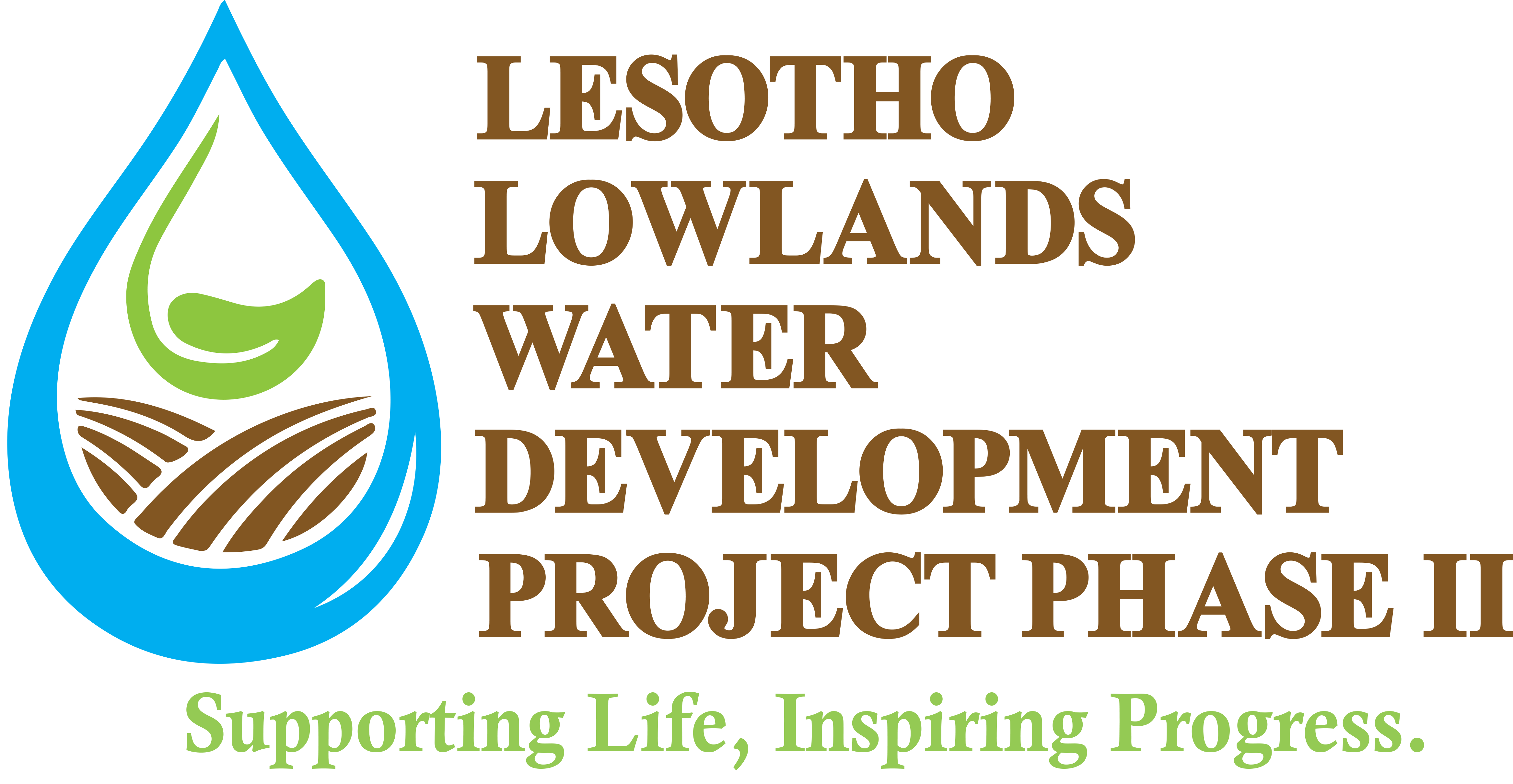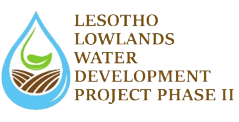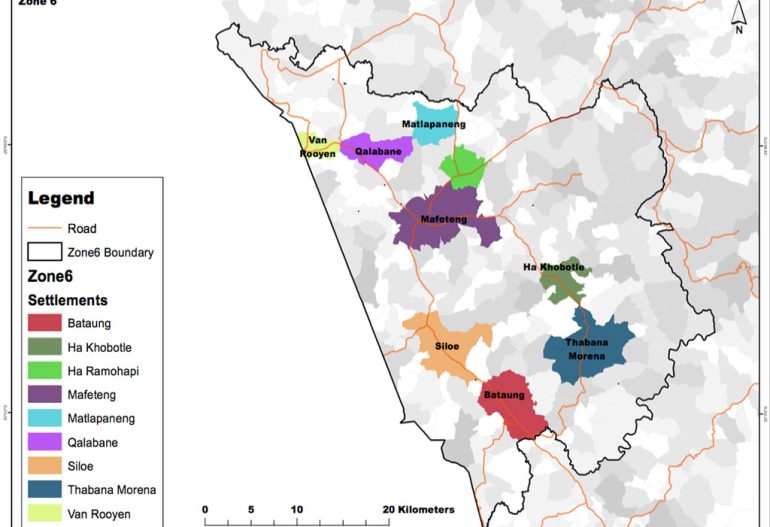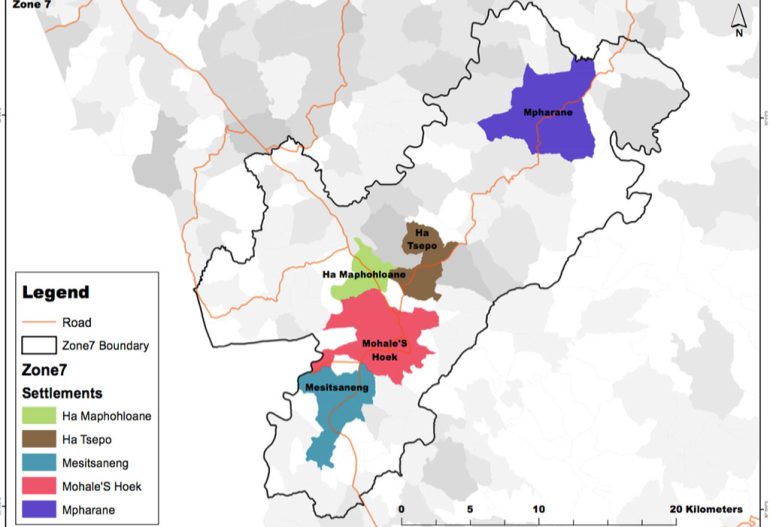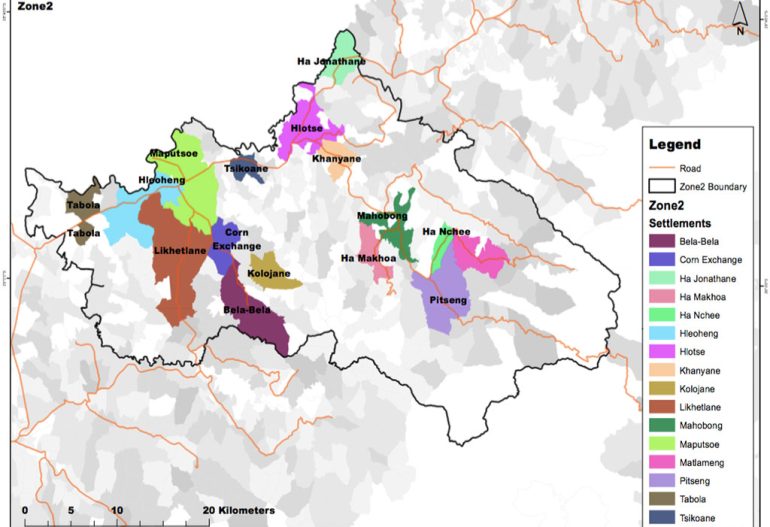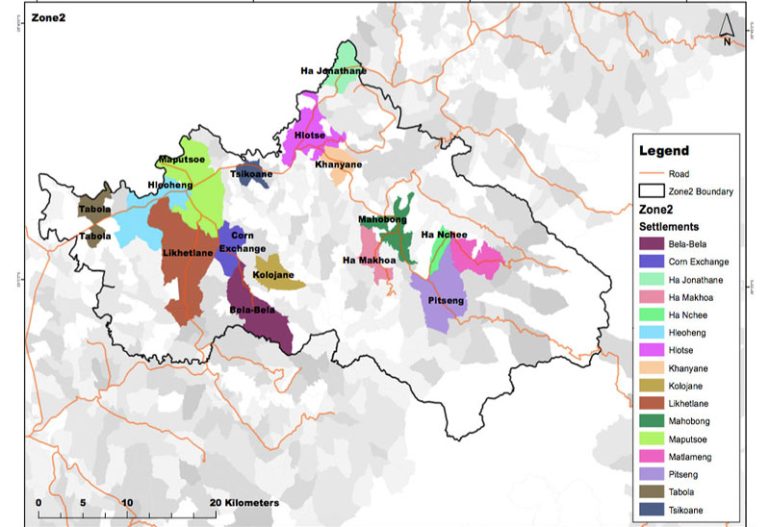Back To The Beginning
Lesotho Lowlands Water Development Project Phase II
The Lesotho Lowlands Water Development Project-Phase II (LLWDP-II) is designed and being implemented as a brain-child of the Lesotho Lowlands Water Supply Scheme. The
LLWDP-II concerns itself with the two (2) prioritized packages, being the zones 2 & 3 package in the Hlotse-Maputsoe area, and the zones 6 & 7 package in the Mohale’s Hoek-
Mafeteng area; respectively financed by the World Bank and the European Investment Bank in partnership with the European Union.
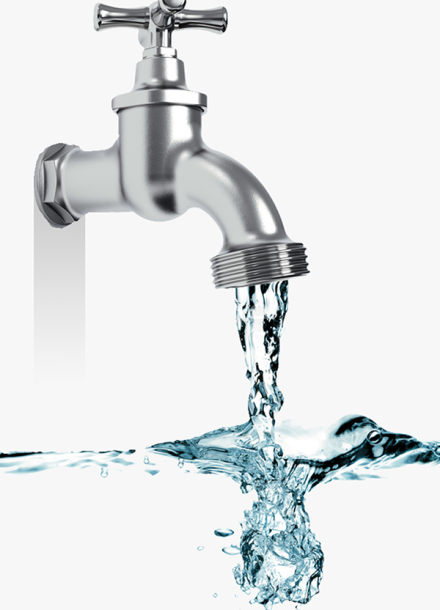

Watch Our Intro!
The LLWSS will be divided into 8 Project Packages designated by source and geographical location. Each package will generally include the following facilities:
- Intakes
- Water treatment works.
- Transmission mains
- Pumping stations
- Reservoirs
Making Tomorrow Different Today.
Packages Overwiew
Prioritization criteria has been developed and an implementation schedule drawn for the whole LLWSS Programme. There are two packages which have been prioritized viz-a vis: Project Package 4 entailing Zone 6 &7 (Mafeteng and Mohales’Hoek) and Project Package 2 entailing Zone 2 & 3 Hlotse - Maputsoe Component. The Lesotho Lowlands Water Development Project (LLWDP-II) concerns itself with these prioritized areas.
The Project will construct bulk water infrastructure (intake structure, pump stations, raw water main, and water treatment plant, service reservoirs, transmission lines and booster pumps) in the prioritized areas; accompanied by improvements to the distribution systems and implementation of low-scale sanitation and hygiene measures to improve service delivery. It will also build capacity of service providers to reduce non-revenue water (NRW), improve billing and revenue collection, and strengthen overall planning and monitoring.
In addition, it will provide technical assistance to support a long-term technical solution to ensure water security for domestic and industrial uses and supply for irrigation as well as water export opportunities to Botswana. Furthermore, the Project will support activities to strengthen water sector institutions’ ability to promote and operate LLWSS Programme in an efficient and effective manner.

Check out our latest projects and collaborations
Lesotho Lowlands Water Development Project Phase II focuses on improving water supply infrastructure to ensure sustainable access to clean water for communities in the lowlands.
Check out our latest projects and collaborations
Lesotho Lowlands Water Development Project Phase II focuses on improving water supply infrastructure to ensure sustainable access to clean water for communities in the lowlands.
Making Tomorrow Different Today.
Project Components
Save Money, Save The Environment!
Providing Value To Our ClientsThrough Ongoing Product & Innovation.
Our Solar business now provides the preferred channel to market for some of the world’s leading PV manufacturers and our solar professionals work jointly with partners on enhancing product features, lowering lead times and improving cash flow.
Environmental Sensitivity
Personalised Solutions
Performance Measures
Request A Quote
Error: Contact form not found.



Receive an accurate quote within 3-5 days when you fill out the form on this page. Or, give us a call:
(002) 01061245741
News & Announcements
Recent Articles
February 8, 2025
admin
The High-Level Leadership Forum in the Leribe Project Area is a vital platform established to guide and oversee the successful implementation of the Lesotho Lowlands...
February 8, 2025
admin
These sessions are designed to inform, educate, and gather feedback from affected communities, local leaders, and key stakeholders on the policies governing compensation for land...
February 8, 2025
admin
Department of Energy, which is why we have funded six teams to improve technologies that will protect eagles sharing airspace with the new wind turbines

Quick Contact
If you have any questions or need help, feel free to contact with our team.
Sentinel Park, Block C, UN Road, Maseru.
©2025 LLWDP-II | All Rights Reserved. Design by Zeecom Technologies
